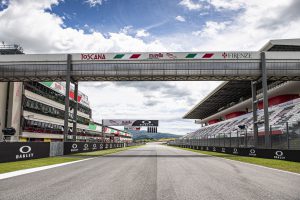Up Next

Such is the unique challenge of Mugello for Formula 1 that the most relevant commentator ahead of the Tuscan Grand Prix is an expert on two wheels, not four.
Around 100 kilometres from the circuit, at Misano for his own race weekend, MotoGP legend Valentino Rossi said: “I am very jealous because we aren’t racing there this year, and for me and a lot of other riders it’s one of the best tracks in the world, with a motorcycle and with a car.
“I think they’ll enjoy it and I’m very curious to follow the race on Sunday. The track is a bit narrow for the very big cars, but I think everyone will enjoy driving Mugello a lot.”
The reason for Rossi’s jealousy – not only as it helps him re-live his Ferrari F1 test there back in 2008 – is the same as why most of the F1 grid cut such excited figures on Thursday.
Mugello’s so high-speed and, in F1 terms, so unorthodox in its simplicity that it is a rare, old-school circuit brought onto the calendar because of the coronavirus pandemic and F1’s need for more European races.
But to experience the joy of Mugello, teams and drivers must work out how to conquer it. The race was only confirmed once the season had started, limiting the amount of simulator preparation drivers could do and how much time could be dedicated by the teams to deploying their tools to maximise the learning process.
One-quarter of the drivers and all the teams except Haas have F1 experience at Mugello, but not since a three-day test in May 2012. The V6 turbo-hybrid era has started since then and F1’s cars and tyres have changed dramatically, so there is very little to be gleaned from that experience.
Mercedes’ trackside engineering director Andrew Shovlin describes the importance of the “rate of learning” and this covers the pre-event preparation and then how teams adapt over the weekend itself.
“There’s a lot you can learn just looking at the layout of the circuit and the speeds of the corners and the tarmac,” says Shovlin.
“The nature of the tarmac is just as important as the layout of the track itself.”
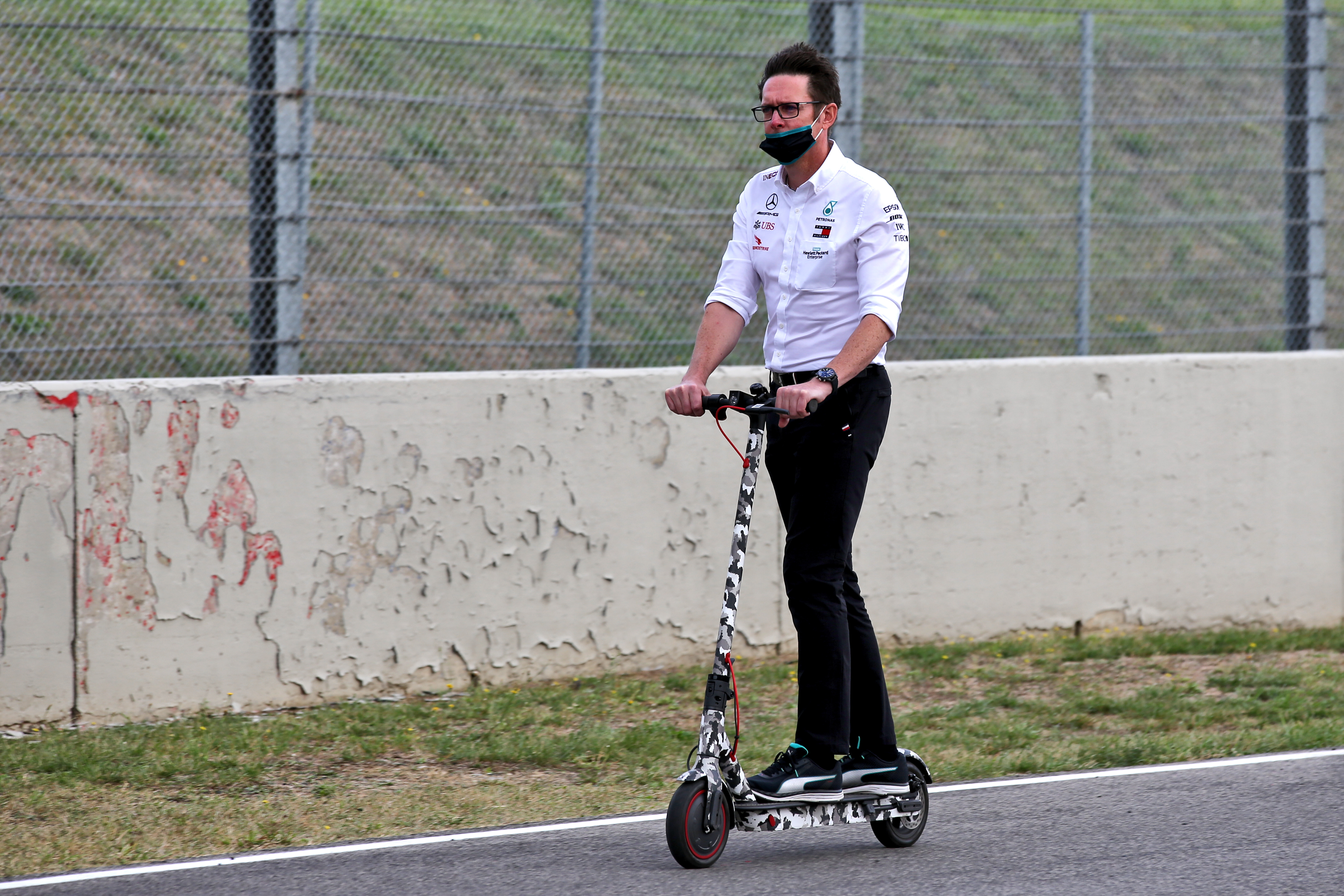
According to Mercedes, Mugello has fairly old, abrasive tarmac that bears some resemblance to Suzuka. So their engineers use the Japanese Grand Prix venue “as a reference point for their predictions about tyre life and degradation: both tracks generate a very high sliding energy and put a lot of stress on the tyres”.
To dig deeper, though, teams conduct detailed simulations – with the driver, and without. Shovlin says this can be achieved simply using Google Earth to plot a basic racing line that gives a first indicator of cornering speeds, which then inform set-up decisions like wing levels.
Print-screening a satellite image of Mugello isn’t enough in the world of F1, of course, so laser-scanned track maps are a common part of this process. They provide more detailed information from track width to kerb profiles which can be fed into teams’ simulators to create a high-quality virtual rendering of the circuit. The drivers can use this to familiarise themselves and in turn this beefs up the accuracy of the racing lines and estimates teams can produce with their programmes.
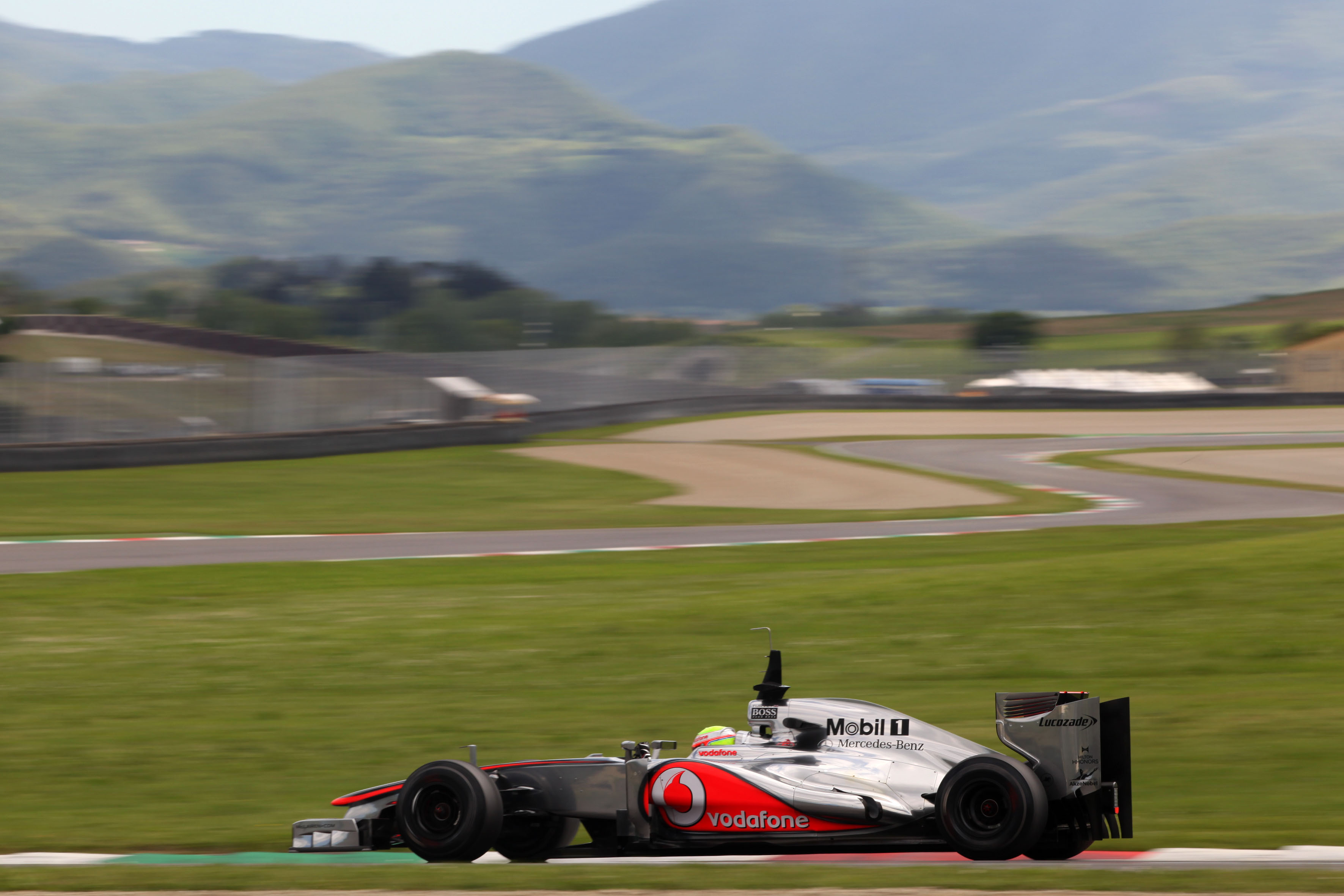
The more detailed this stage, the better the end result. Shovlin says hundreds of thousands of individual experiments will be run in simulations changing details like wing levels and ride-height. It’s a painstaking process that lasts months, even in the case of a ‘late’ addition like Mugello, and allows the race team to focus on executing the race weekend rather than chasing a set-up.
An example of the importance of this is Singapore 2019, which was expected to be a strong weekend for Red Bull. But Max Verstappen did not have the victory bid he hoped for and later the team realised it had gone in the wrong direction in establishing its set-up during the simulation process.
Speaking of Verstappen, the high-tech levels of preparation are vital for the teams but driving simulators and Thursday track walks (to see how it compares to the virtual world the teams created) aren’t for everybody. Verstappen has not driven Mugello on Red Bull’s simulator and instead did a test day in a GT car to experience it for himself.
“I think that is the best way to learn a track,” he says. “You can drive it on the simulator but I haven’t done that. So yeah, you get a bit of a read. Of course the car is bit slower but it’s still fine.
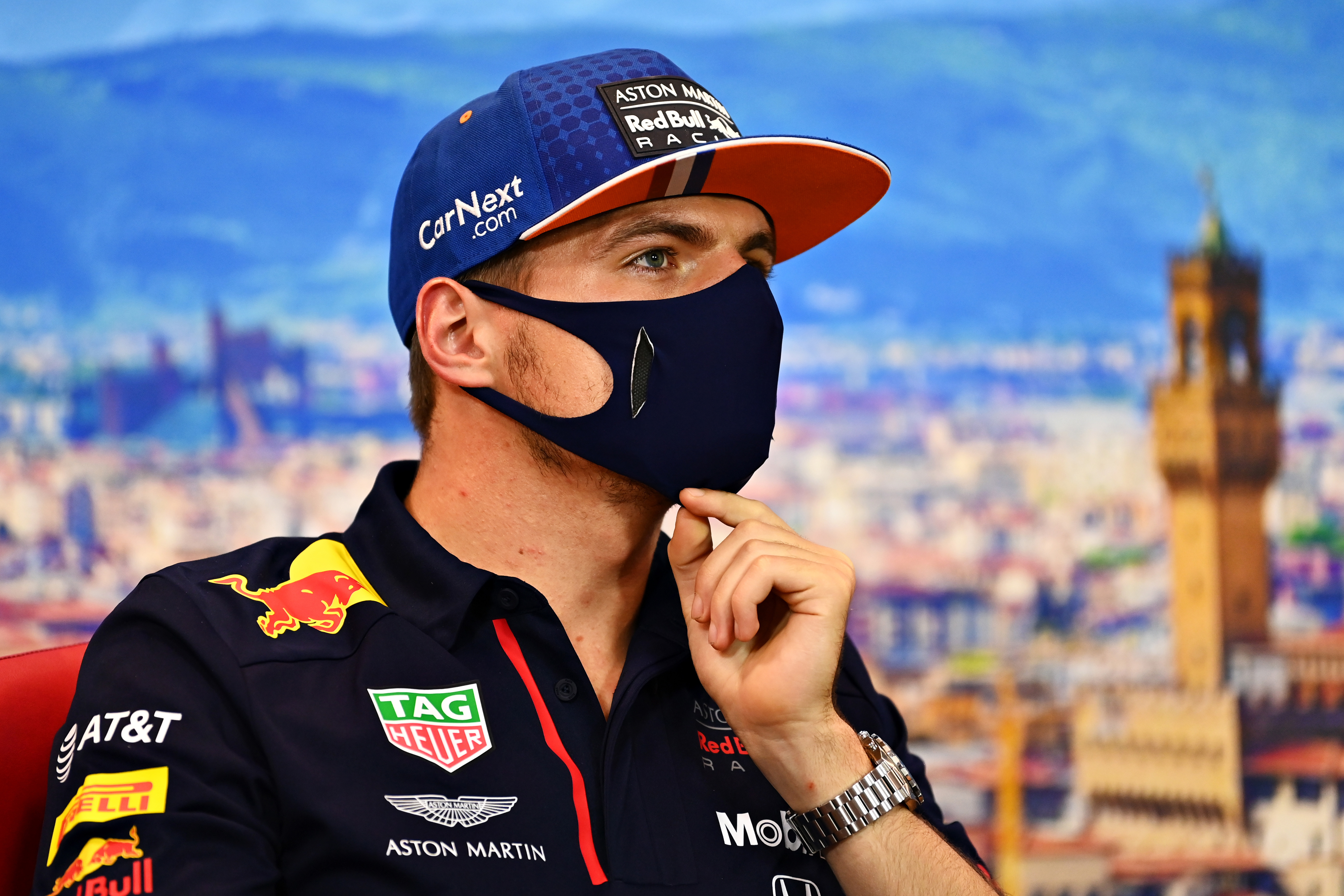
“That was important, and just gives you a little bit of a headstart. I know of course that other drivers have been racing here. But I had a full day of driving so I don’t think it will be that bad.”
Meanwhile, Hamilton said he eschewed a track walk on Thursday as his preference is to experience it behind the wheel. To each his own.
Even in the ultra-focused world of F1 there is only a finite amount of preparation work that can be done. No two circuits are the same but Mugello’s challenge is interesting because of its absence of low-speed corners – Turn 1 is the “slowest” but even that is expected to be taken in fourth gear. More importantly there are important set-up variables that cannot be completely accounted for.
Pirelli has brought its hardest compounds as a protection against the high loads that will be put through the tyres, the on-the-day ambient and track temperatures are an unknown, and there is never 100% certainty how the car will respond to bumps and kerbs and the sliding across the surface in reality.
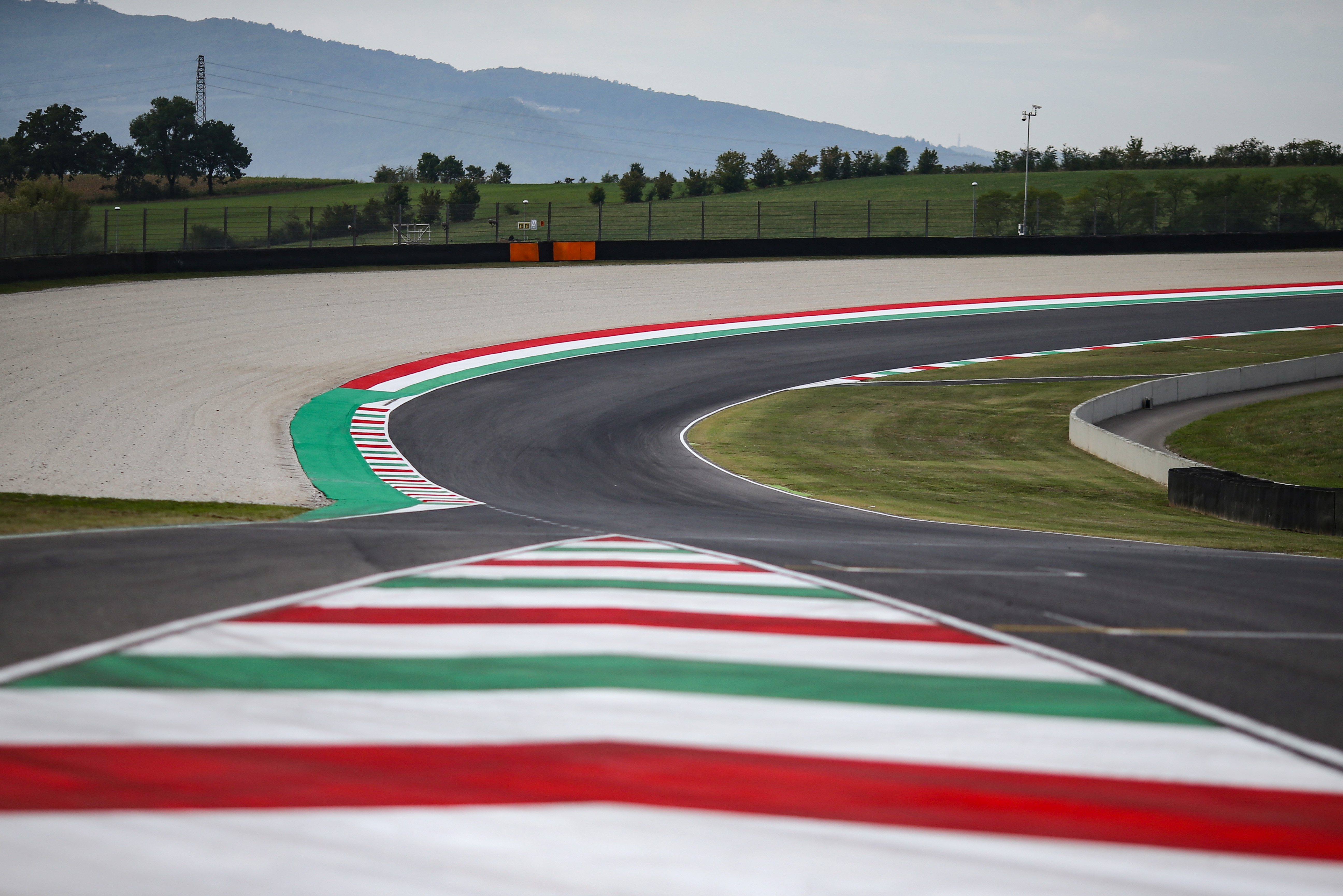
“Mugello is a new challenge with a real mix of corners, many of which are high-speed,” says McLaren technical director James Key. “That’s a difficult thing to quantify when you haven’t got any historic data from a circuit.
“So, a lot of work has been going on in the background through simulation to learn about the circuit and how our current F1 car will perform there.
“With regards to mechanical and aerodynamic set-up, we have to simulate that as best we can and estimate what we believe to be the right start point but of course leave our options open.
“It’s going to be dependent on the reality of the situation when we arrive, particularly how the tyres behave on that particular track surface and conditions.
“This is one of the most difficult things to predict at an early stage.”
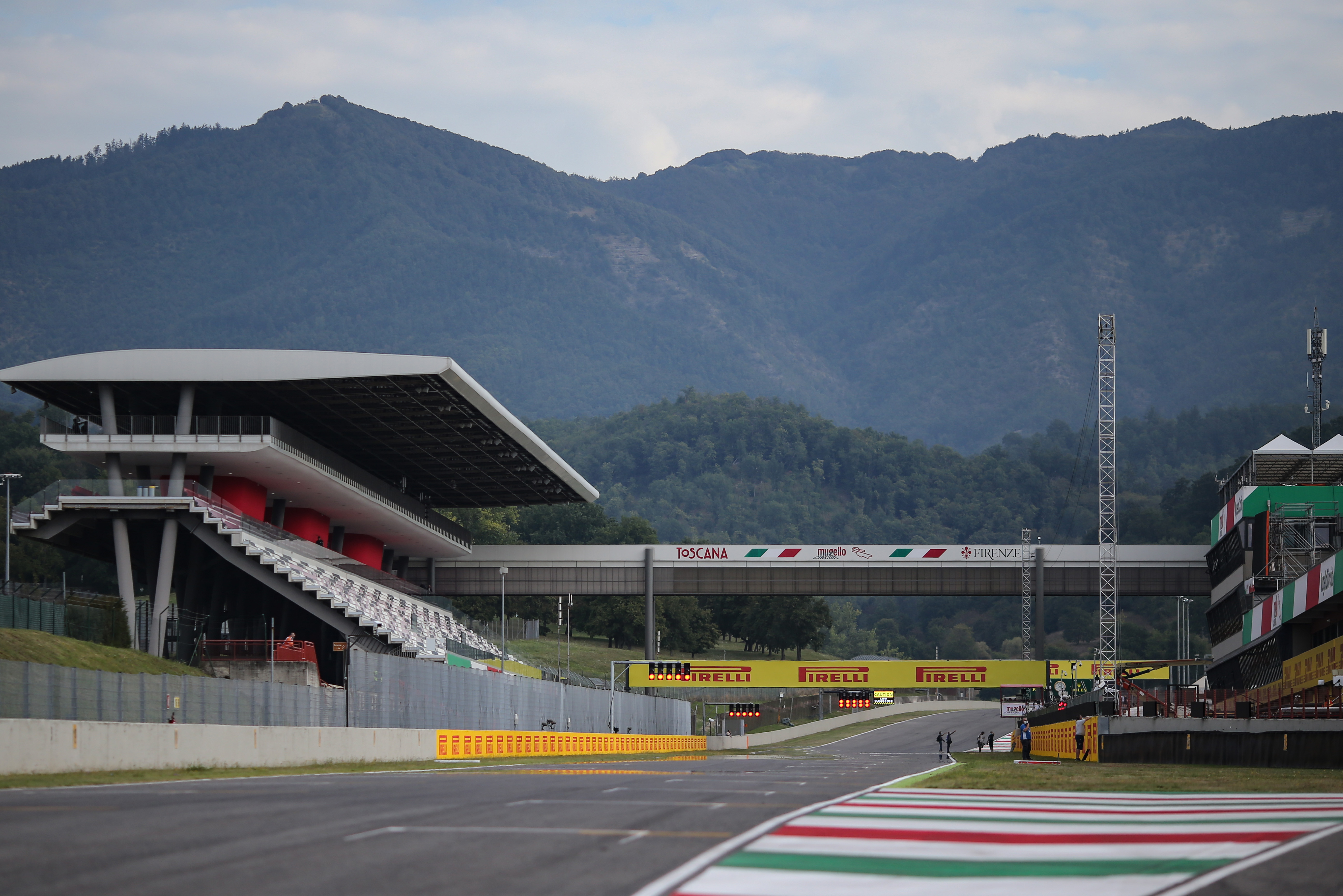
Once Friday practice begins, the simulations won’t stop. Teams will work extensively on-site and back at their remote headquarters to run more and more experiments once they know how their pre-event estimates correlated to reality in FP1 and FP2.
But until the cars hit the track everything is just extremely sophisticated ‘guesswork’. Performance will be influenced heavily by how the drivers and cars react to the actual challenge, which is substantial.
Mugello is an undulating circuit with gradient changes on entry to many corners and the drivers and teams that work out how to conquer this will gain the most.
How much will the uphill transition into the first corner tempt drivers to brake later or get on the power earlier? Will the blind entries force them to miss the apexes at the first chicane, or Arrabbiata 1? As the track falls away on entry to Turn 12 or the final corner, will drivers be tricked into overshooting or locking the brakes?
The sequence of Casanova (Turn 6, the fast downhill right) and Savelli (Turn 7, also downhill, but a left-hander) lead down from the highest point of the track and will be flat in seventh gear, creating a compression for the driver that will like a rollercoaster which then climbs again to go through the two Arrabiata right-handers.
These sections will test the drivers but also be demanding on tyres, which puts more of a premium on the set-up. Normally the prospect of tyre management gives drivers the blues but here it’s a worthwhile trade.
“It’s gonna be awesome,” says Esteban Ocon. “I did some laps in the simulator, it felt hilly already, I had a run last night and it’s just completely different.
“It’s kind of a rollercoaster and an old school circuit and we all love old school circuits as racing drivers. It’s very rewarding, there are special corners, good banking, it’ll be quite rough on the tyres as well. I can’t wait.”
‘Old school’ has been one of the most common descriptions of Mugello, which is on the calendar because of extraordinary circumstances and will provide an extraordinary challenge. One week on from Monza, which has had its majesty and challenge blunted by changes like the extra run-off at Parabolica, there is little margin for error at a high-speed circuit with the rare sight of gravel not to far from the circuit edge.
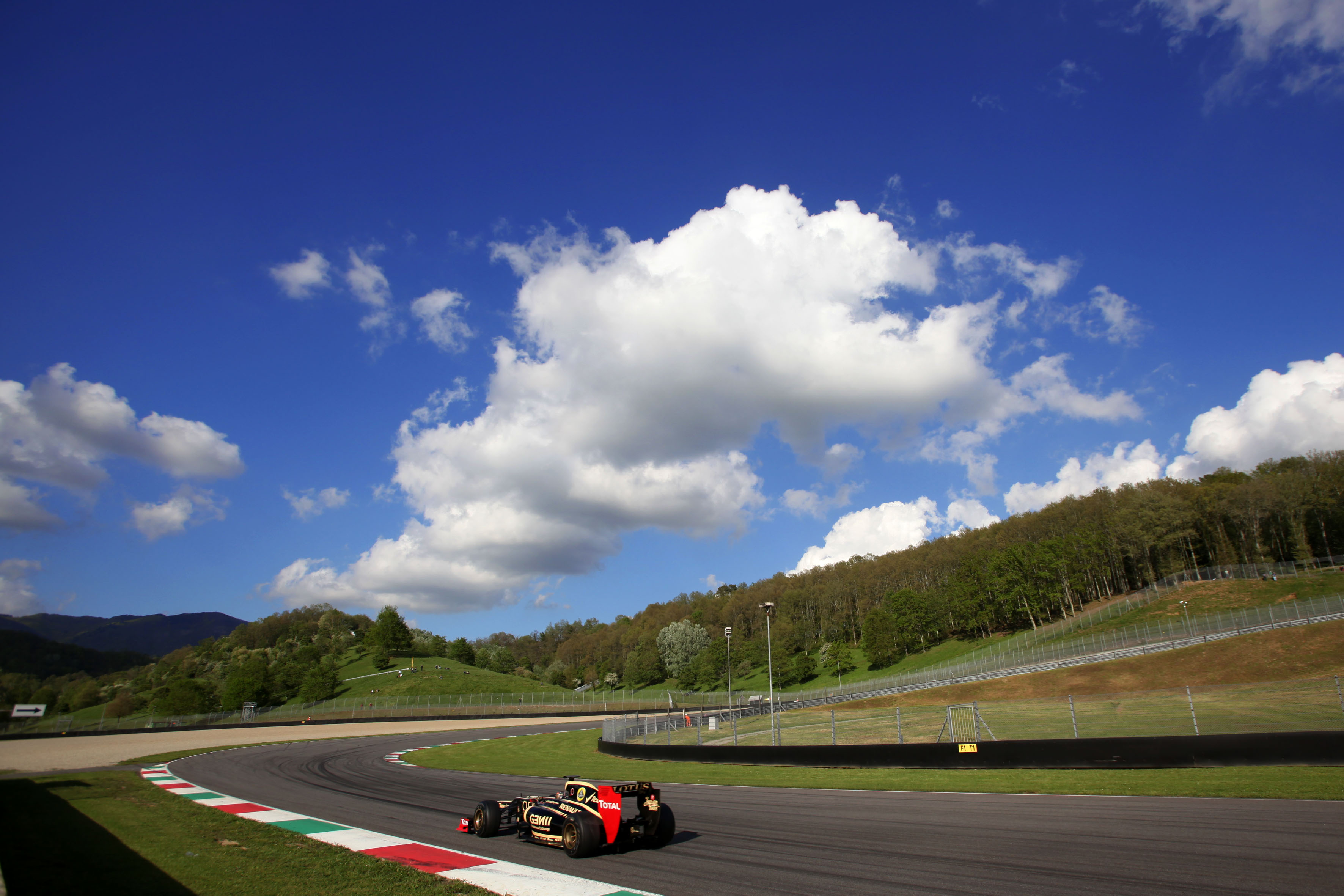
Track limits will effectively take care of themselves. The drivers aren’t fussed. “It’s very similar to Suzuka in a way,” reckons Romain Grosjean. “We’re all looking forward to it.”
Grosjean was quickest when F1 last tested officially at Mugello eight years ago, but while the Lotus he drove in those days was a more competitive proposition than his modern-day Haas the current crop of high-downforce machines will obliterate those track records.
Saturday may prove to be the highlight of the weekend as a lack of heavy braking zones risks breeding a processional race. That just places a greater premium on all the work done by the teams so far, and the final stages of the process on Friday, to ensure they are as prepared as possible heading into qualifying. Which, it is universally agreed, will be a special experience for the drivers.
“It will be mega, absolutely mega,” says Grosjean. “With the new generation of cars, it’s going to be absolutely outstanding. I’m really looking forward to drive it.
“Maybe for the overtaking maybe not the best in the world but for driving and enjoying ourselves it’s going to be very high on the list.”


